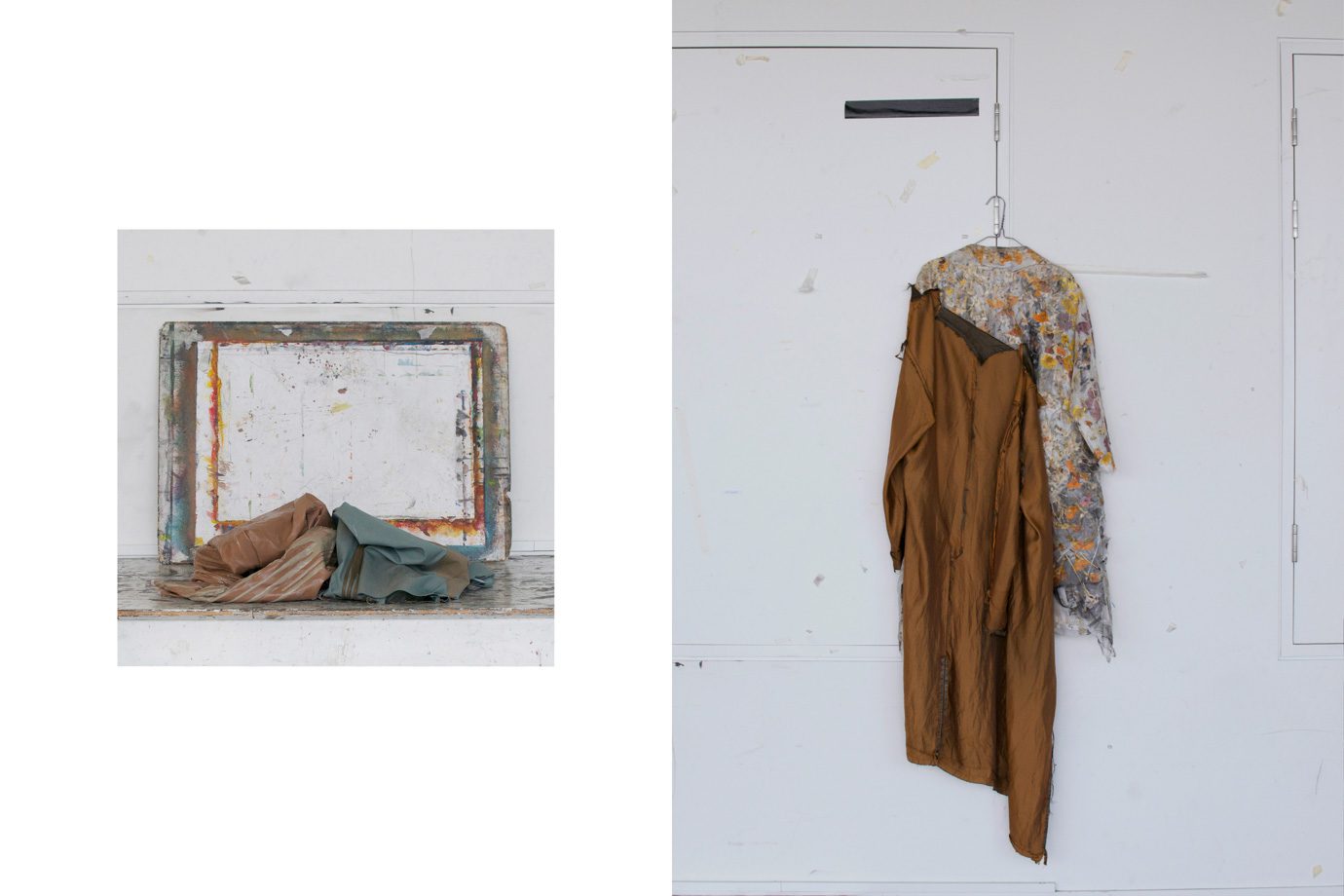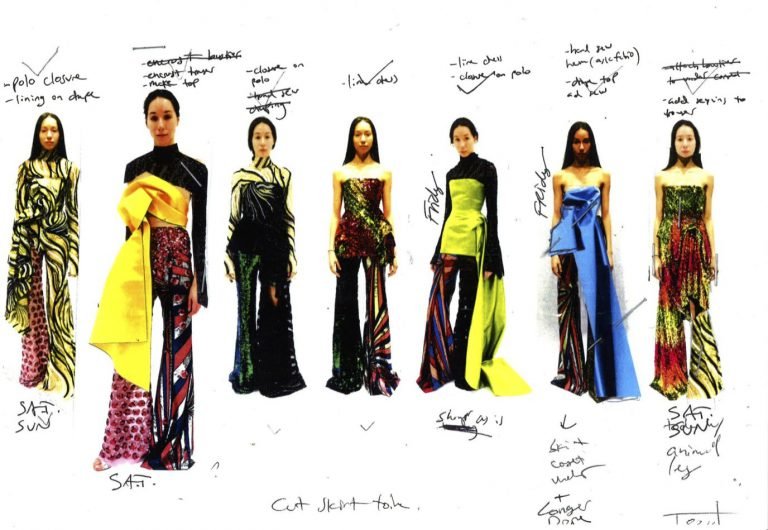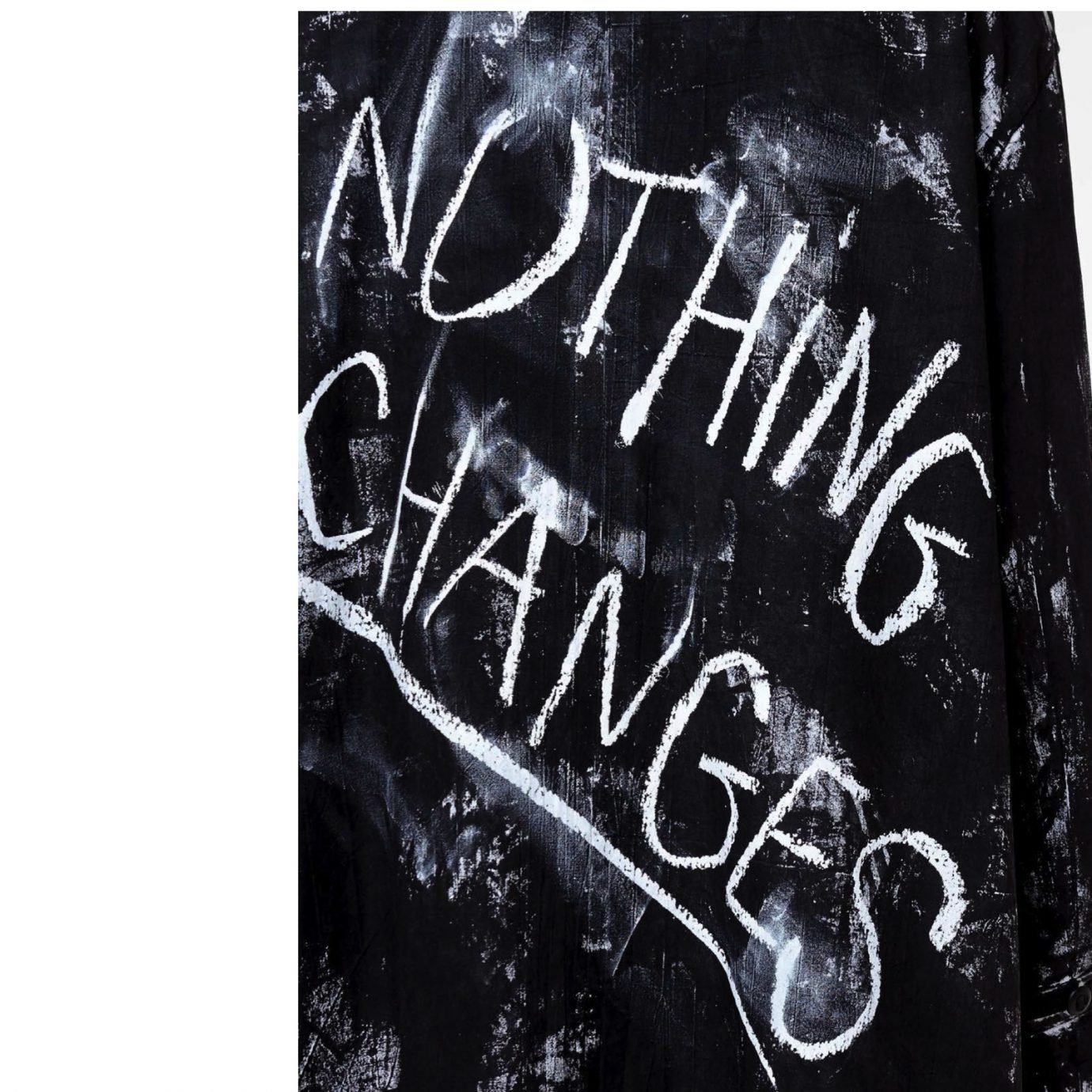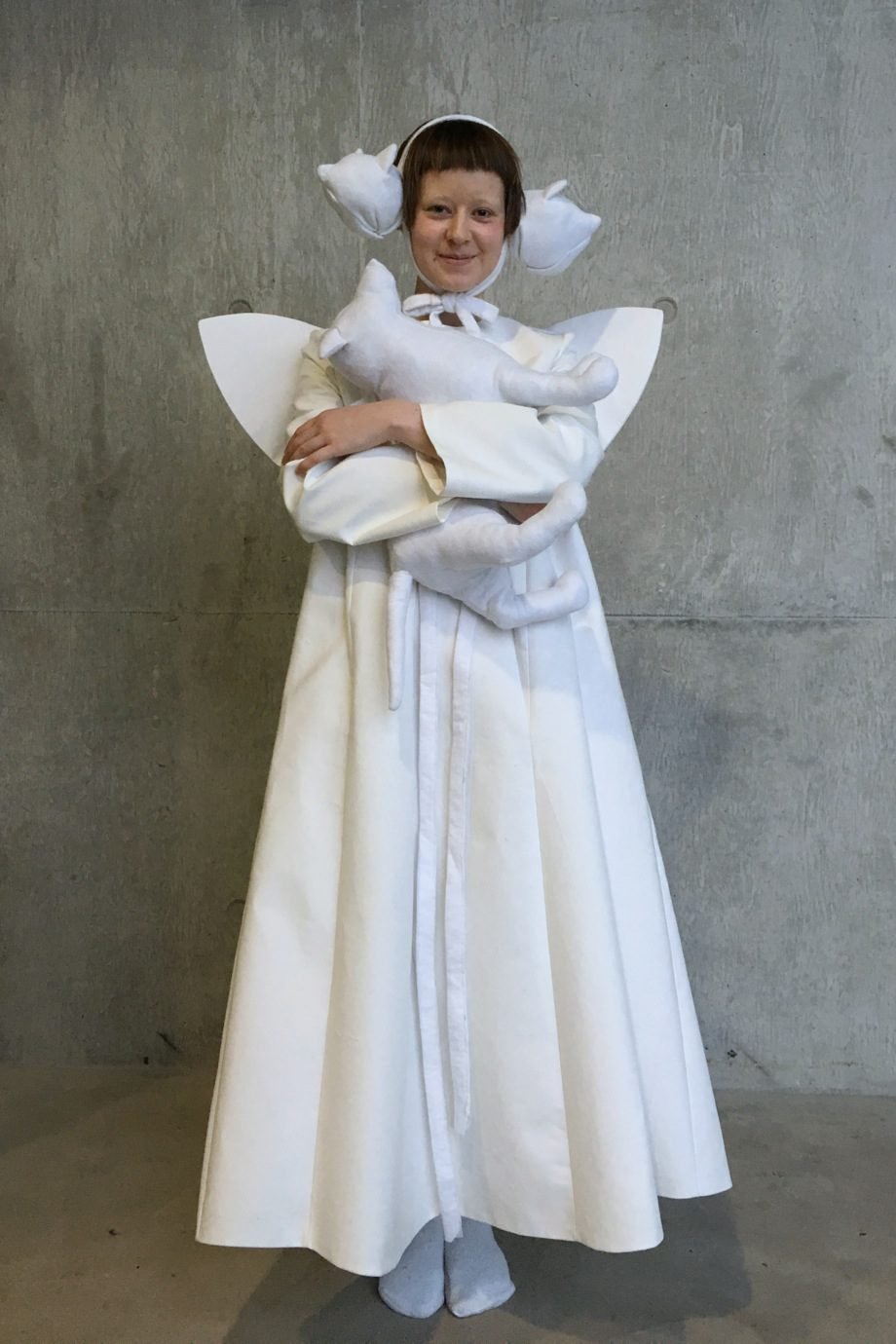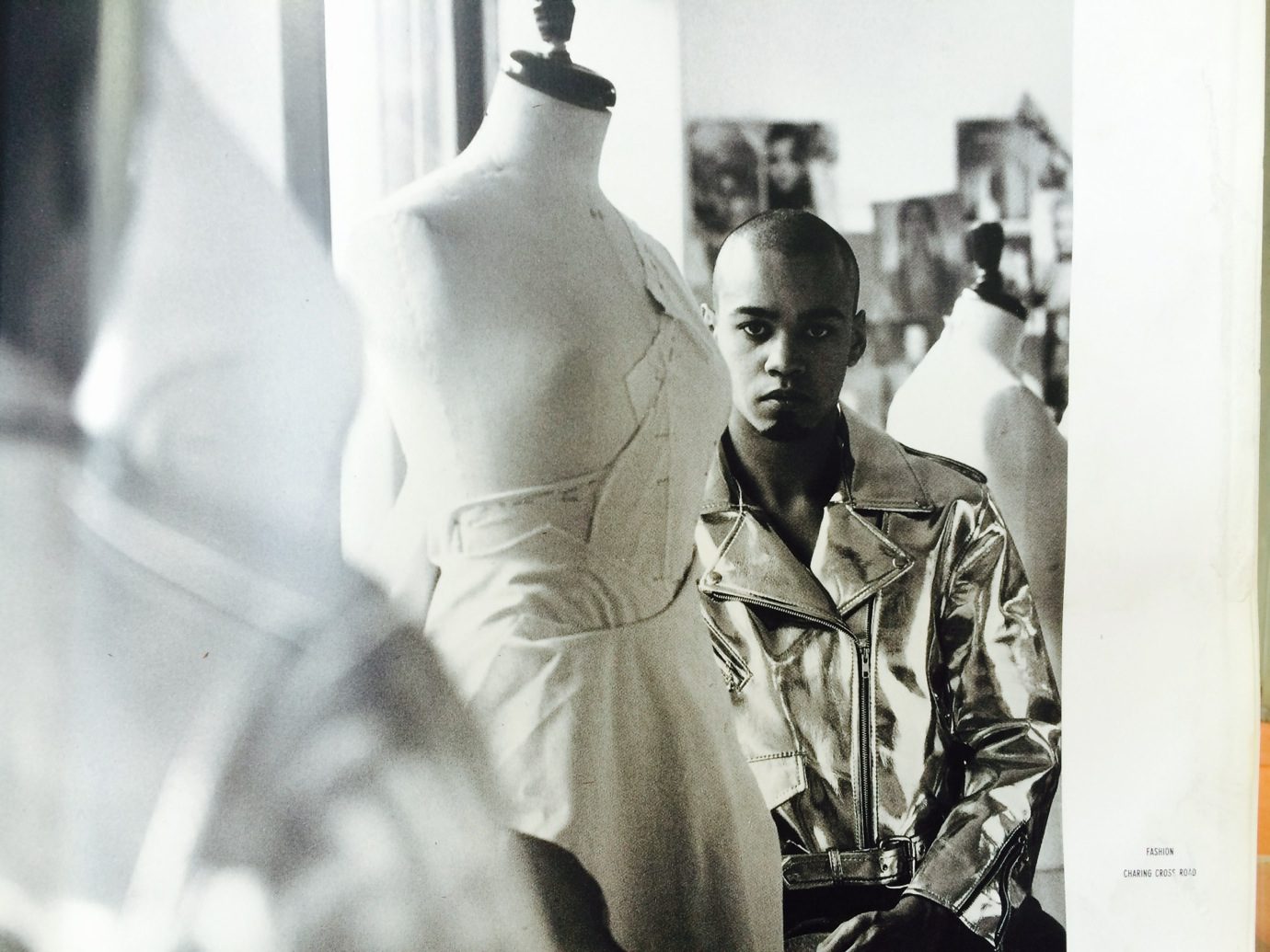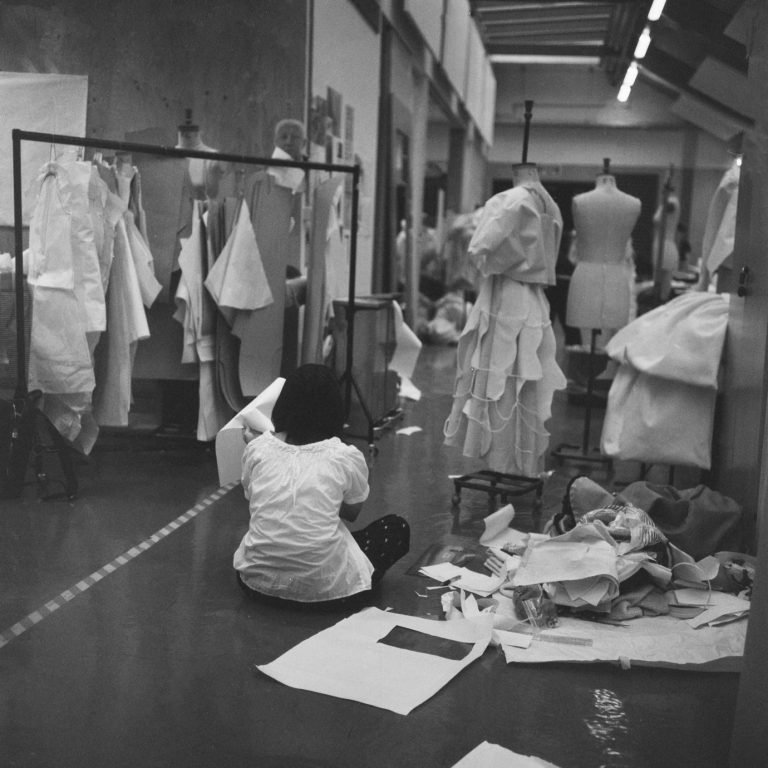For young companies that unexpectedly see their brands accelerate, it’s often tough to keep up with the demands and pace. “When they grow so quickly and when they give the collection to so many stores, it’s a bit dangerous,” Stephan notes. “For me it was always important to have stores to actually pay my bill in the end, and not only to have a good reputation. Of course it’s fantastic to sell to Corso Como and Colette, but it’s also risky. I was never hyped, which is not easy for one’s personality, because you never have a point in your career where you think ‘now I have a lot of attention.’ Instead, it was more steady and a horizontal line. That’s more healthy for a company, but you’re always doubting.”
While many designers grow up seeing extravagant runway shows on television (or Youtube) and mould their industry fantasies to this ‘ideal’, it has proved economically beneficial for Stephan to give up the runway dream. “There was a moment that I decided to just focus on the product. It was a very important step for me and for the company, as we started making much more profit when we stopped doing shows. I felt my company was not made for it. We have eight people in the team and we cannot focus on everything. Now I’m focusing on early deliveries for the winter collection, and years ago I was only busy with models, agencies, lighting…”
Do you think that it’s a stage that a designer has to go through, I ask, in order to understand that they can live without? “It was an important step in my life, just like it was also very important to go out a lot when I was a teenager. I went out every night after I started in fashion, and at some point the nightlife and excitement ended. It’s important that you have had it, and you look back with nice memories. I look back with goosebumps to all these memories of doing the shows— working with the whole team just for these ten minutes on the runway… It was beautiful and I think I did really nice things, but now it’s an other level. I couldn’t do it any more. I couldn’t be bothered anymore to think of which catering I would do…”
“THERE WAS NO HAIRSTYLE OF THE 90S. WE HAVE BEEN DOING PONYTAILS ON THE CATWALKS FOR THE PAST 15 OR 20 YEARS.”
How does he do it differently? Use video content or social media to raise the visibility of his product? “I learnt that the product really promotes itself by being sold and by being worn. At the end of the day, people look at the excel sheets and they see: Oh this sold, this sold, this sold, and when it’s sold, it’s a promotion by itself. I also don’t check any social media. Believe it or not: I have never been on Facebook. But I’m not proud of it.” Why not? “Because I feel like I should; why should I not? I’m just not interested.”
Whereas the Internet has become such a big part of our current ‘youth culture’, Stephan is of the opinion that actually, youth culture died in the 90s, when the acid house smiley started to appear on the cover of i-D magazine. “To dress up is for me a very essential part of youth culture. And the moment acid house started it was like: just get pissed, use drugs and it doesn’t matter what you look like, we are one big family.” Is there any point after the 90s that it returned? “I don’t think so. Also I’m very very fascinated by hairstyles, and there were very distinct styles in the 80’s: shaved backsides, Vidal Sassoon hairstyles. There was no hairstyle of the 90s. We have been doing ponytails on the catwalks for the past 15 or 20 years. Don’t misunderstand me, I think it’s also nice that there is this freedom; that there is a big selection to choose from. I think we are living in a very ‘human’ society. And I think that the younger generation is even more human.”
“I think that if we leave selling just to the big groups, it’s so sad. We also should make garments that are worn, sold, and accessible.”
I tell Stephan about our recent interview with trend forecaster Li Edelkoort, who spoke about how we are now missing a human relationship with the clothes that we wear. You can have a strong bond with your coat, skirt or shoes, but when people now come home after a day of shopping, they leave the bags on the floor and only unpack their newly purchased garments the next day. “Effort,” Stephan says. “It takes more effort to go to Brown’s than to Zara. You have to talk to the sales associates. “Can I help you,” they ask. “No, I’m just looking around,” you say. They will get into action after you’ve picked up a 7th garment, then they will show you other options… It’s also an effort to check the garments, and it’s an effort to pay £400 for a skirt. But in the end, it’s an effort in the relationship. It’s easier to have a one-night-stand than to work on a long-term relationship with somebody. It’s the same with garments. And we lost this relationship with garments. My sister’s daughter is 13 years old, and she doesn’t see a difference between the garments of Primark and my collection. I said: “Take something!” She said: “It’s so expensive, I don’t want anything like this because it gives me too much responsibility to take care of it. With Primark things it’s easer, and if I lose it my mum won’t get angry.”
Relating to this, Stephan has made a statement in the past that people should not be ashamed to work for C&A with a production run of 700.000 garments. Fashion goes beyond being the next McQueen. “It is also beautiful to make fashion that is worn. Think about Paul Smith, a mega empire of clothes that are worn, sold, look nice… I think that if we leave selling just to the big groups, it’s so sad. We also should make garments that are worn, sold, and accessible.”



